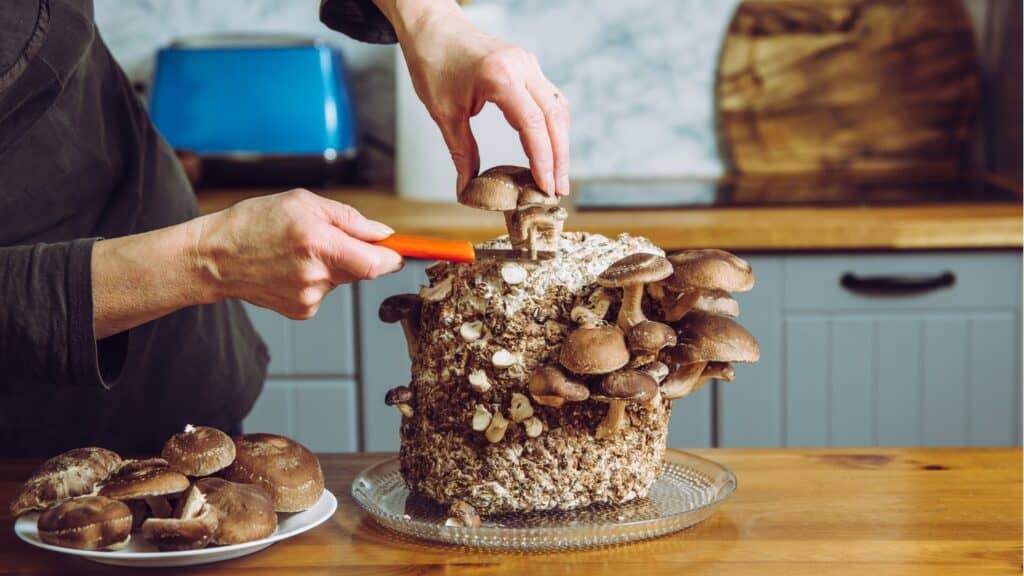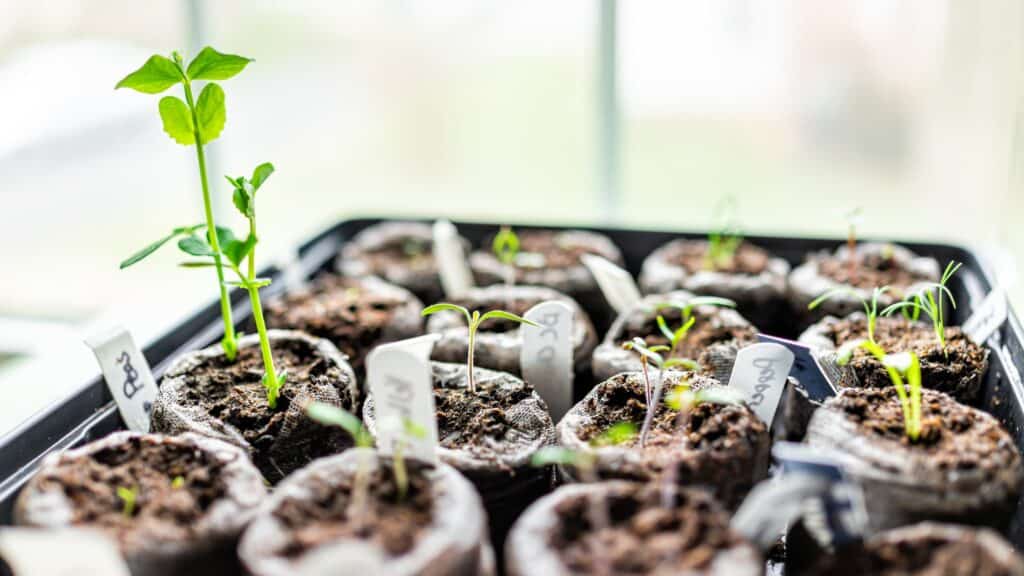
For city dwellers, having a vegetable garden may seem like a pie in the sky. However, growing veggies indoors can be done and is actually a lot easier than most people think – it’s a phenomenal, low-maintenance alternative to nurturing an actual outdoor garden.
Not only does it allow urbanites to harvest the sweet bounty of their own labors, but it also removes the need to worry about garden critters and cold frost. While it certainly does have its challenges, growing veggies indoors is an extremely pleasant hobby and one that you’re bound to fall in love with. Here’s how to get started:
Choose an Indoor Gardening Area
This may be the most difficult part. Those who aren’t in the process of renovating their apartments may find it quite challenging to choose an area that will be reserved for veggies and veggies only. On the other hand, if you are, say, designing a new kitchen at the moment, it will be easy for you to dedicate one part of it to your vegetables.
If possible, choose a spot by the east or south-facing window in your apartment. There, your veggies will get more sunshine, even during the winter. Keep in mind that nothing is as essential for an indoor garden as direct sunlight – a sunny window in your kitchen is bound to do the trick.
When Should I Grow Veggies Indoors?
One of the biggest advantages of growing vegetables indoors is that it can be done all year round. It’s very simple – there are no cold temperatures or frost to worry about.

However, those planning to grow veggies in wintertime should know that the sunlight coming through the window during the winter months may not be sufficient to cultivate healthy, firm vegetables. For that matter, it may be worth investing in one of those easy-to-install LED plant lights.
If you’re a complete beginner and growing veggies indoors is a whole new world for you, the best course of action would be to do the first planting when the sunshine is on your side – in early spring.
Which Veggies Should I Grow Indoors?
Here are some of the most useful and most prolific vegetables you can grow at home:
- Scallions – incredibly easy to plant and harvest.
- Mushrooms – great if you don’t have a lot of light.
- Spinach – requires only a couple of hours of sunlight every day.
- Peppers – their small and compact size makes growing them indoors very easy.
- Tomatoes – lots of varieties – from patio-sized cultivars to cherry tomatoes.
- Radishes – these require little soil and can be harvested only a few months after planting.
- Carrots – ideal for complete beginners, as they require only a deep container and good soil.
- Greens – from full-leaf varieties to micro-greens, these are easy to cultivate and provide a continuous harvest.
- Herbs – rosemary, thyme, mint, oregano, and other herbs require very little space.
What Equipment Will I Need?
The Essentials
Seeds
This one is a no-brainer – to get started, you will obviously need the seeds. If you decide to plant carrots, go with a smaller variety – it’s a much better choice for indoor growing. This logic can be applied to almost all other vegetables.
Containers
These can be either propagation trays or small pots (a couple of inches in diameter). Don’t forget that you can also make propagation trays on your own – all you need are old berry/tomato/mushroom containers. Try to buy (or make) the ones with lids, as these can greatly help with the process of germination.

Potting Mix
Standard garden soil won’t be of much help here. To successfully grow veggies indoors, you will have to use a nutrient-rich potting mix with better drainage.
Non-Essentials (But Also Very Useful Items)
Large Pots with Holes
Those planning to grow tomatoes or carrots will need larger pots. Once these veggies germinate, their further growth needs to be facilitated with a transfer to larger pots.
Grow Light
As mentioned previously, you will need these only if you’re planning to grow vegetables inside your home during the wintertime.
Sticks, Labels and Wire
Bamboo sticks can come in very handy to folks growing tomatoes. A bit of garden wire, on the other hand, will help you bind the tomato plants to the aforementioned sticks. And finally, you can use small wooden plant labels to know which veggie is planted in which pot/container.
4 Easy Steps of Indoor Vegetable Growing
#1: Plant the Seeds
To know how far apart the seeds need to be planted and how many of them need to be placed in each container hole, check the instructions on the seed packaging.
Will you be using propagation trays? If so, speed up the germination process by popping the lid once you’ve planted and watered the seeds. Keep the trays damp and close to a warm window.
#2: Wait for the Stems to Appear
Once you notice two little leaves on the stem of each veggie, you will know that they are germinated. Depending on the type of vegetable, the process of germination can take up to 2 weeks.
#3: Re-pot the Plants
Once there are more than just two leaves on every plant, your indoor vegetables will be ready for re-potting, i.e., you’ll be able to give them more space for growing. Don’t forget to make a couple of holes on the new containers – the veggies will now also require drainage.
#4: Care Until Harvest
All veggies need different amounts of sunlight and water, and the easiest way to figure out how much of these things each of them needs is to simply refer to the back of the seed packaging. Once the vegetables are ripe, just pluck them, wash them, and enjoy them in or alongside your favorite meals!
All of this sums up the basics of the basics, so it’s pretty safe to say that you’re off to a great start. Don’t get discouraged if a particular veggie doesn’t work for you. Growing vegetables indoors is almost like an art, and one can only achieve the best results by doing a bit of experimentation with the plants, containers, and lighting. Good luck!
Have you considered growing veggies indoors? Which plants have you tried working with so far? What were the results? Where do you grow your veggies?





